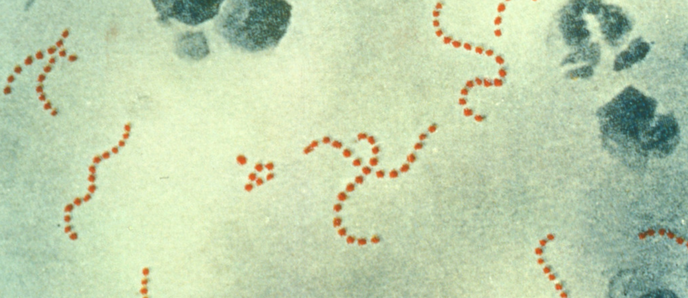Group A Streptococcus outbreaks in Scotland
Group A Streptococcus (GAS) is part of the body’s natural bacterial flora and is commonly found in peoples’ nose, throat, skin, groin or anal area.
Most of the time these bacteria do not cause any problems, however, infection occurs when these bacteria enter the body via a wound (including injecting sites). The infection can be caused by a person’s own bacteria, other peoples’ bacteria or bacteria from environmental objects like soft furnishings or towels.
These bacteria can be passed person to person, as well as through sharing drug paraphernalia (such as injecting equipment, spoons, filters, pipes to smoke drugs etc). There is also the possibility the substance itself is contaminated, however, in the case of the below 2014-15 outbreak, it is believed GAS was spread person to person.
GAS infections can be broadly classified into two groups: minor and invasive infection. GAS can cause extremely severe infections such as necrotising fasciitis (commonly referred to as flesh-eating disease).
Scottish Drugs Forum Resources
- What Workers Need To Know: Infections in People Who Use Drugs: Staphylococcus Aureus and Group A Streptococcus
- Group A Streptococcus and Staphylococcus Aureus – Brief Intervention
- Group A Streptococcus and Staphylococcus Aureus Poster
- Group A Streptococcus and Staphylococcus Aureus Postcard
Group A Streptococcus Outbreak 2014/15
The outbreak investigation identified injecting of stimulant new psychoactive substances (NPS) containing the chemical compound ethylphenidate as being common to over 60% of cases. The chaotic behaviours and frequency of injecting associated with NPS use were also thought to contribute to the spread of infection in the population at risk.
The first case was identified in September 2014 and the outbreak was declared over in October 2015.
In Edinburgh and the Lothians during the 2014–15 outbreak people with GAS infection commonly presented with serious conditions such as cellulitis, blood stream infection (including septicaemia) and necrotising fasciitis.
Significant morbidity and mortality were associated with this outbreak, with a high proportion of cases requiring major surgical intervention and high levels of hospital care.
Public health experts drew on Scottish Drugs Forum’s expertise and networks to help tackle the outbreak.

